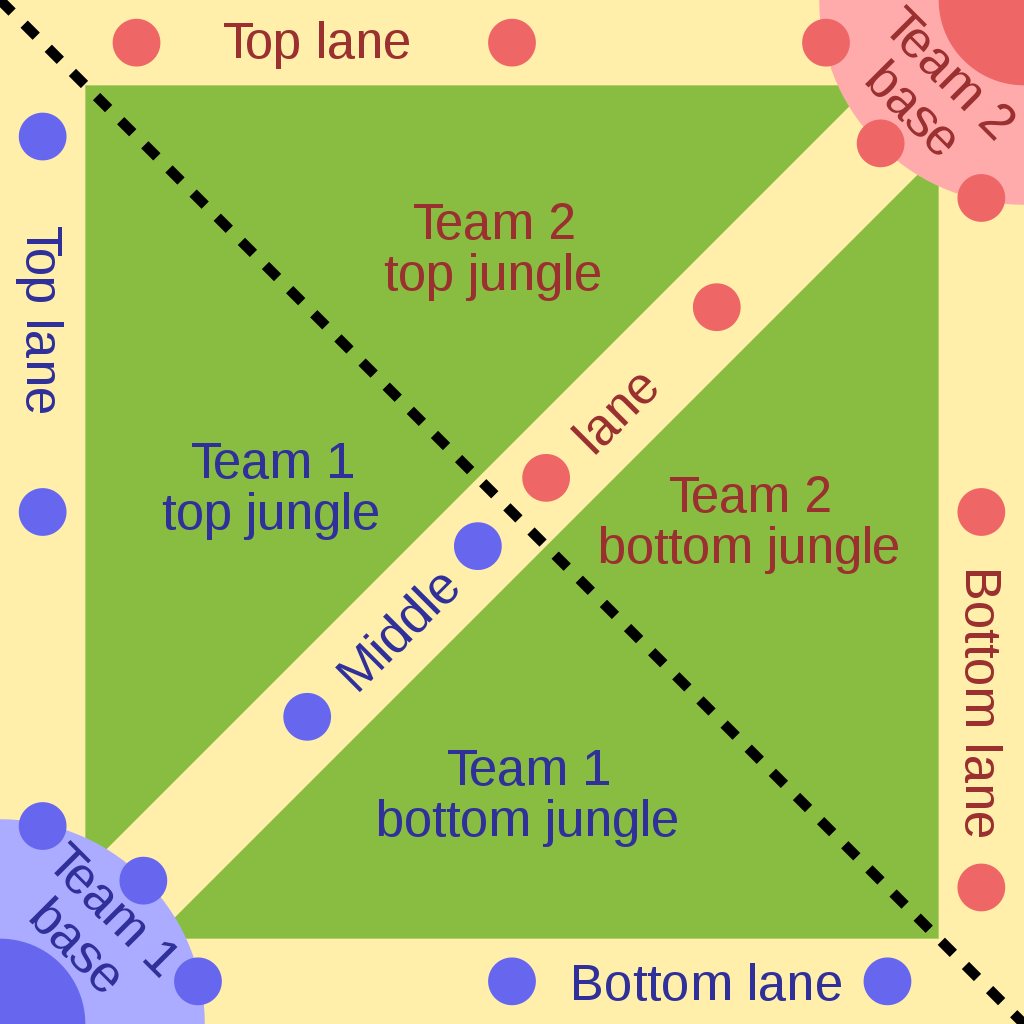

We started with just over 50 business applications, but today, users can browse, search, and install from a catalog of thousands of trusted and secure apps that integrate with their favorite Google apps. In 2010, we launched G Suite Marketplace, an online storefront to connect users and software providers. G Suite Marketplace turns 10, gets a refresh Let’s take a look at some of the powerful new G Suite developer platform features and tools that are helping our customers and partners, from PwC to DocuSign, get work done and engage their end users in a seamless, flexible, and integrated way. The G Suite developer platform, our collection of citizen and professional development tools that help you customize and integrate with G Suite, is one way that flexibility comes to life. We have been working at building an open and customizable platform for more than a decade.įrom 1 billion installs from the G Suite Marketplace, to millions of projects built using Apps Script (our low-code development framework), to integrations across the rest of Google, flexibility has always been a G Suite cornerstone. G Suite was designed to both work seamlessly with the apps your team already uses and enables you to automate and customize for your own style of work. In fact, research shows that the average knowledge worker loses 32 days per year just navigating between their day-to-day applications. All of this affects their ability to focus, and cuts into time spent on work that makes a real impact. People have to contend with a flood of notifications, disconnected processes, and seemingly constant app-switching. Yet there’s an opportunity to bring these apps closer together and reduce the time spent jumping between them.


There’s a wide range of applications beyond G Suite-Adobe, Box, DocuSign, Salesforce, and more-that improve productivity and drive newer ways of getting things done. When we think of an integrated and flexible workspace, it’s really about helping people work the way they want.


 0 kommentar(er)
0 kommentar(er)
